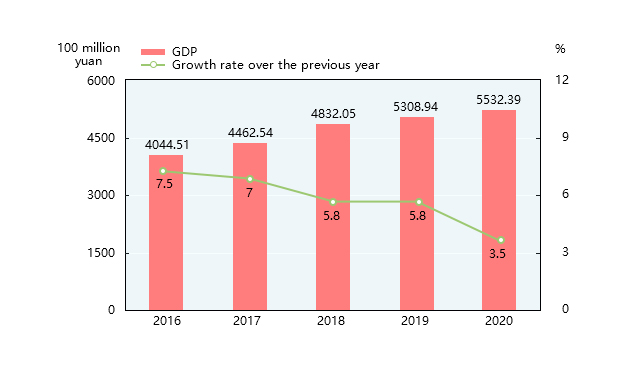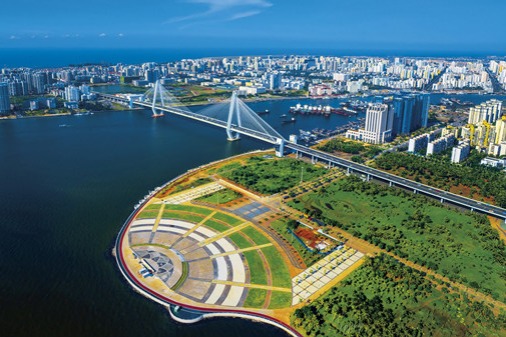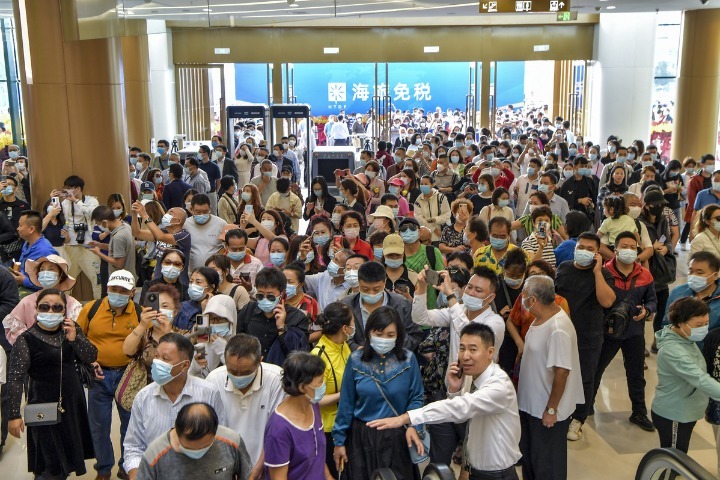The Chinese island province of Hainan - the name literally means "south of the sea" - is relative small by land size, somewhere between Moldova and Switzerland. Yet over the years its economy has grown at an impressive speed, even by Chinese standards.
From 2016 to 2020, during China's 13th Five-Year Plan, Hainan's regional GDP surpassed the 500 billion-yuan benchmark, a historical achievement. Even in the disruptive year of 2020 when the COVID-19 pandemic wreaked economic havoc around the world, Hainan successfully rode out the chaos and stabilized and revived its economy. Its regional GDP swelled to 553.24 billion yuan ($84.54 billion) in 2020, up 3.5 percent from the previous year and outperforming the national average of 2.3 percent.

Hainan's economy used to be predominantly agricultural, with tropical fruits and rubber as its most famous products. For nearly four decades since the founding of the People's Republic of China, the island was merely a regional branch of the bigger better-known Guangdong province. A significant change came in 1988 when China separated Hainan from its northern neighbor across the Qiongzhou Strait and elevated it into a proper province, and more importantly, designated the whole island a Special Economic Zone in an effort to increase investment. For the next 22 years, Hainan remained China's biggest SEZ. (In 2010, China launched the sprawling Kashgar SEZ, more than quadruple Hainan in land size.)
Almost immediately the island's service industry bloomed; its share in Hainan's GDP shooting up from a previous low of less than 10 percent to 45.1 percent in 1993, and then 60.4 percent in 2020, consistently outperforming the national average. It was its robust service industry that ultimately redeemed the island from the pandemic morass, contributing a staggering 95.8 percent to the regional growth rate in 2020.
As the province's urbanization accelerated, the rate of urban population helicoptered from 8 percent in 1952 to nearly 60 percent in 2019.
Major policy windfalls came in 2010 and 2020, when China decided to build Hainan into first an International Tourism Island and then, more ambitiously, a Free Trade Port, adding momentum to the island’s development.
The tourism industry flourished. Star-rated hotels sprung up across the island, mostly with four or five stars. In 2019 alone, the island hosted 83.14 million tourists, bringing in a total of 105 million yuan in tourism revenue.
Foreign direct investment continued to pour in, at an exhilarating rate. Hainan's FDI inflow reached $3.03 billion in 2020, more than double that of 2019 ($1.51 billion), which itself had shot up by over 100 percent from the previous year ($733 million). A total of 1,005 foreign enterprises settled here in 2020, nearly triple the number of a year earlier.




